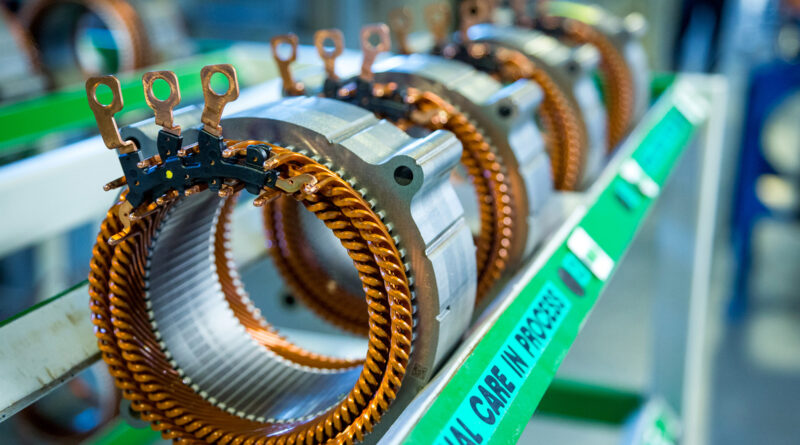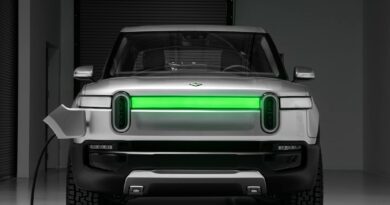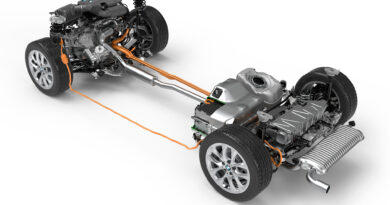Are all electric motors the same?
No.
But the differences don’t really matter that much.
There’s no doubt the technical language used to describe the different types of electric motors is daunting. Terms like synchronous and asynchronous may mean something to an electrical engineer, but to the average car buyer they’re just another unappetising serving of word salad. So here’s what you need to know…
All electric motors rely on the interaction between magnetism and electric current to make them go round. These basic principles were discovered two centuries ago by the great British scientest Michael Faraday.
Compared with the internal combustion engine, the electric motor is very simple and much more compact. It has two essential parts, and only one of them moves. As its name implies, the rotor of an electric motor rotates. The other component is the stator, which remains stationary.

Many kids’ toys and power tools use DC (direct current) electric motors, but EVs use more energy-efficient motors powered by AC (alternating current).
Patented well over a century ago by Serbian-born university dropout and electrical genius Nikola Tesla, the elegantly simple AC induction motor is used by some EV makers today. Yes, of course Tesla is one of them.
Other designs use either permanent magnets or electromagnets (made by coiling current-carrying copper wire around an iron core) to create the motor’s magnetic fields.
Exceedingly eco-conscious customers may want to avoid EVs with permanent magnet motors, which have magnets made from rare earth elements. Neodymium, the most commonly used rare earth for motor magnets, is strongly associated with environmentally destructive mining, mostly in China.
Some EV manufacturers are moving to reduce or eliminate rare earths from their electric motors. BMW, for example, has said its fifth-generation electric motors, due to go into production from 2021, will use no rare earths.




